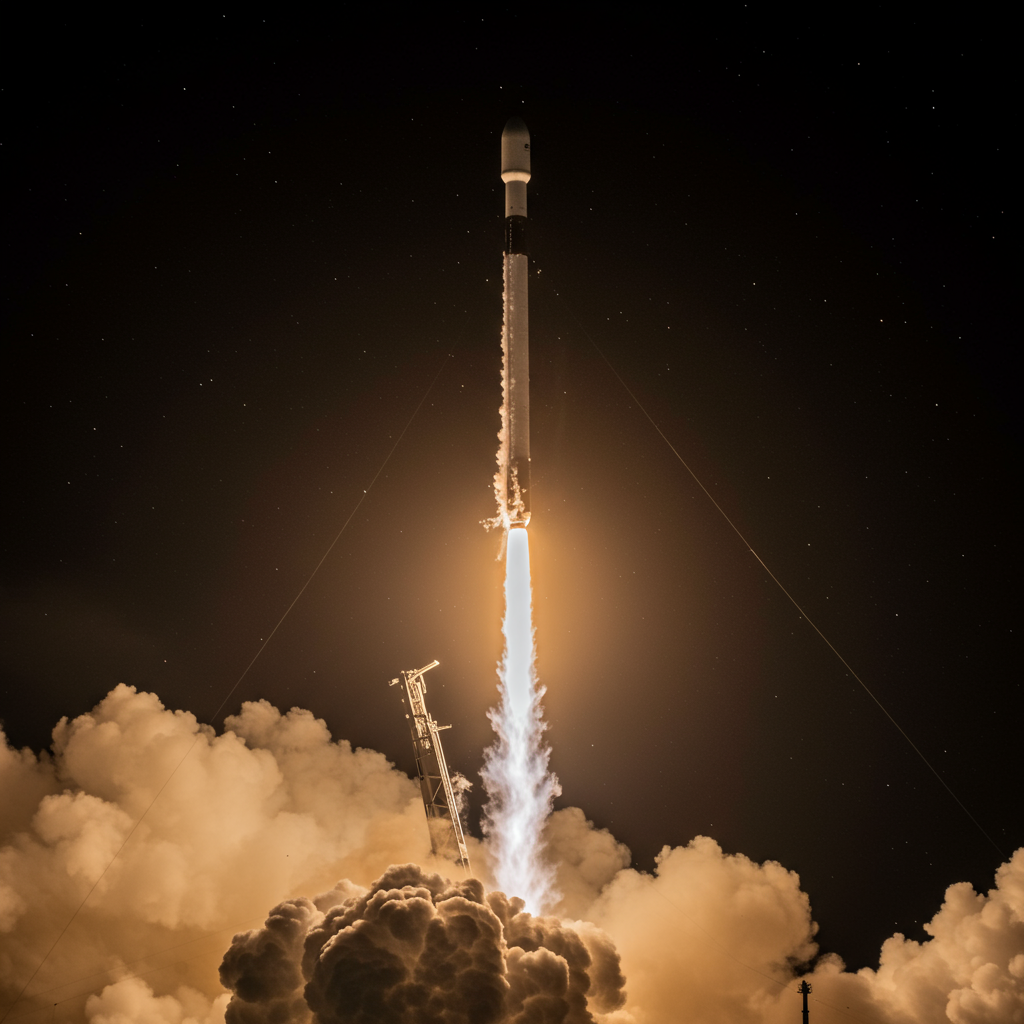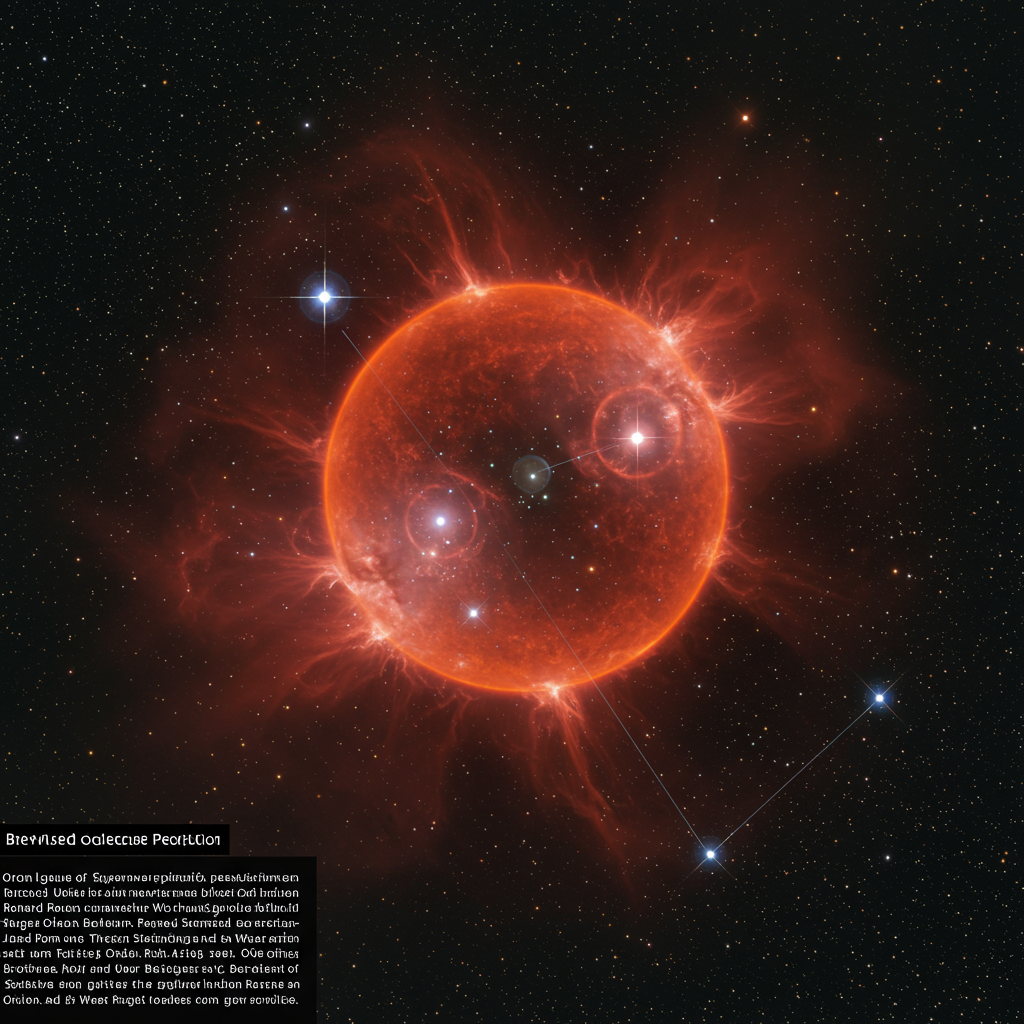Space Exploration | Launches & Spacecraft | News
SpaceX Success: 26 Starlink Satellites Launched from California
SpaceX successfully launched a batch of Starlink internet satellites into low Earth orbit from California on Monday evening, June 16, 2025, further expanding its global broadband constellation.
Liftoff of the Falcon 9 rocket occurred at 8:36 p.m. PDT local time (11:36 p.m. EDT or 0336 GMT on June 17) from Space Launch Complex 4 East at Vandenberg Space Force Base. Onboard were 26 Starlink satellites, designated as Group 15-9.
The satellites reached their target altitude in low Earth orbit just over eight minutes after launch, with deployment anticipated about an hour into the mission following a second burn of the Falcon 9’s upper stage.
Reusable Rocket Returns Home
A key component of SpaceX’s rapid launch cadence is its reusable rocket technology. The Falcon 9 first stage supporting this mission, booster B1093, completed its third flight. Notably, all three of its missions have been dedicated to launching Starlink satellites. It had previously flown just last month in May.
Following stage separation, the booster executed a precise return, landing successfully on the autonomous droneship “Of Course I Still Love You” stationed in the Pacific Ocean off the California coast. This successful recovery is a testament to SpaceX’s ongoing efforts to maximize reusability, a practice that underpins the company’s ambitious launch schedule.
SpaceX has achieved significant milestones in rocket recovery, recently surpassing 450 successful booster landings across its fleet. Other recent Falcon 9 missions from Vandenberg showcase the high flight numbers achieved by boosters, with some reaching 13, 15, or even 24 successful launches and landings.
Expanding the Starlink Network
This launch adds to the growing Starlink megaconstellation, SpaceX’s network designed to provide high-speed, low-latency internet service worldwide. While SpaceX recently completed the rollout of its first generation of direct-to-cell enabled satellites with a launch from Florida on June 13 – a technology designed to bring basic connectivity to unmodified cell phones in remote areas – the satellites on this particular California mission were not equipped with that specific capability.
Instead, the 26 satellites launched on June 16 contribute to the core Starlink broadband internet service. The active Starlink network now comprises more than 7,760 units in orbit, making it the largest satellite constellation ever assembled.
The payload size of 26 satellites is a common configuration for Starlink missions launched from Vandenberg. Recent missions from the California base have carried similar numbers, including another launch of 26 satellites on June 12 (which also marked SpaceX’s 500th Falcon family mission overall) and a launch of 24 satellites to a less frequent polar orbit trajectory just hours after this mission on the morning of June 17. Earlier this year, SpaceX launched a record-tying 27 Starlink V2 Mini satellites from Vandenberg, potentially utilizing mass-optimized variants designed for larger payloads on the Falcon 9.
Vandenberg: A Hub for Starlink Launches
Vandenberg Space Force Base in California continues to be a crucial launch site for SpaceX’s Starlink deployment efforts. The base’s operational tempo for commercial launches is increasing, with the Federal Aviation Administration (FAA) approving an increase in Falcon 9 launches from Vandenberg to an annual limit of 50.
This latest mission highlights SpaceX’s relentless pace in building out the Starlink constellation, contributing to its goal of providing global internet coverage while demonstrating the efficiency and reusability of its Falcon 9 rocket fleet. The rapid succession of Starlink launches from sites like Vandenberg underscores the company’s leading role in the burgeoning satellite internet market, where competition is also emerging.




